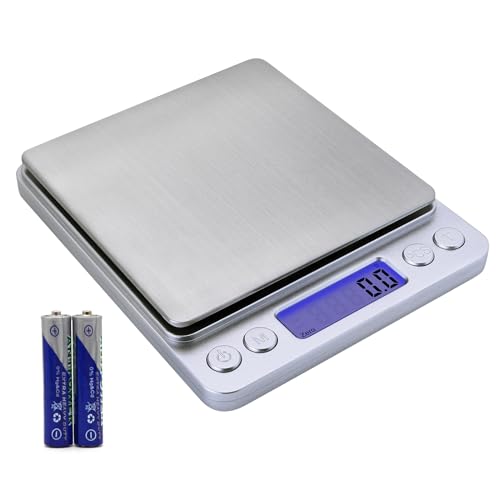alexanderte
Well-Known Member
Yup, I’ve actually had 5% superfat for all my batches. I’ve used 40% lye concentration for most of my batches. I want to keep it that way and see if the time when I cut might solve my problem.
The scale I use is pretty good, but I know for some batches I’ve had some NaOH left in the pitcher because it’s gotten damp and sticky. I’ve bought a better pitcher and I also use a spatula to get most of it into the lye water solution, so it is no longer an issue.Do you have a good scale?? Could your measurements be off?
I understand that individual cavity molds are more practical, but I fear that the soaps loses some of their charm – I like the aesthetics more of having a loaf that is cut into bars.I think you may want to invest in individual molds when you can. It would cut the frustration out and at least you'd get even bars of soap, give or take. You also wouldn't have to deal with crumbly bars of soap. Other than that, you just have to find the right timing for when to cut your soaps. There's not much that could be done outside of using another soap recipe.












































